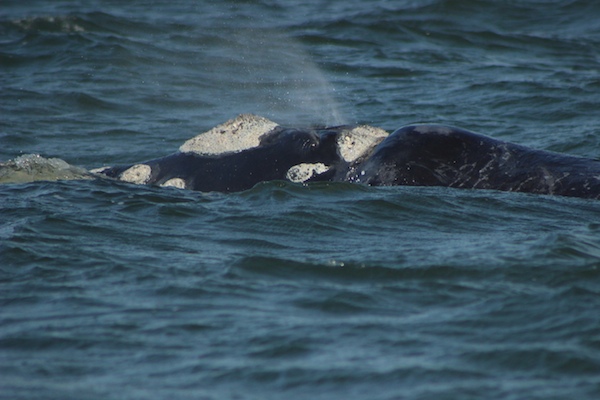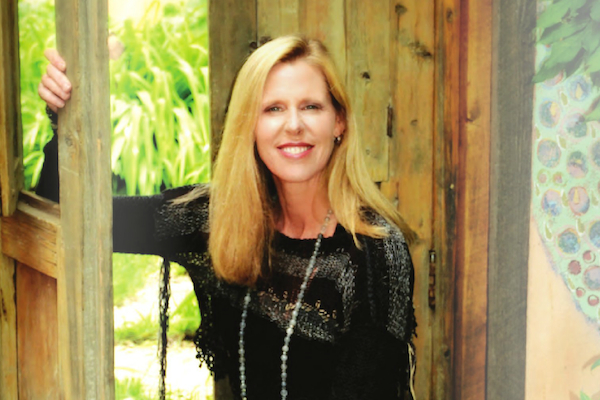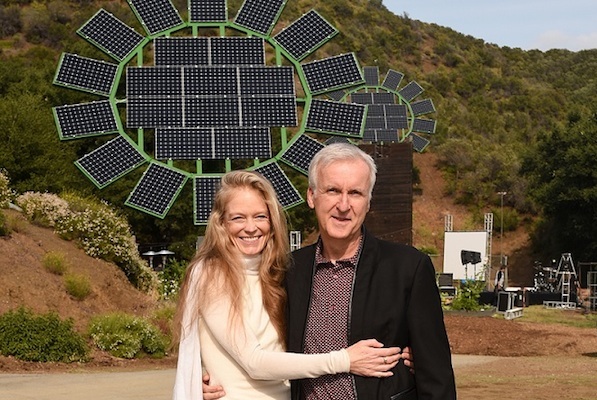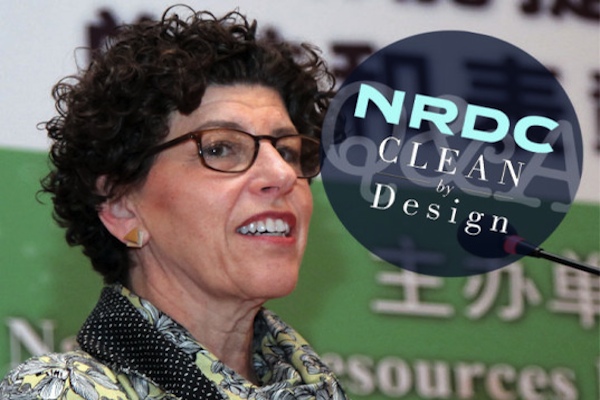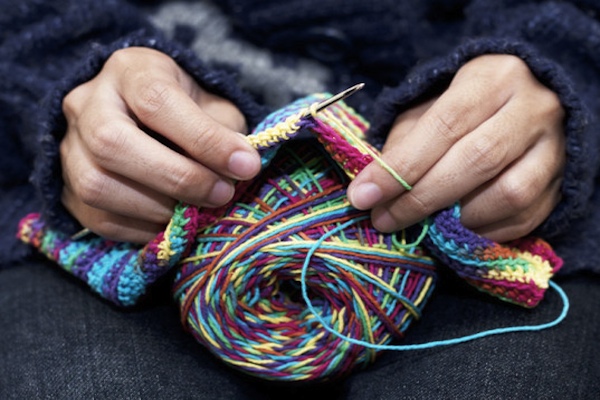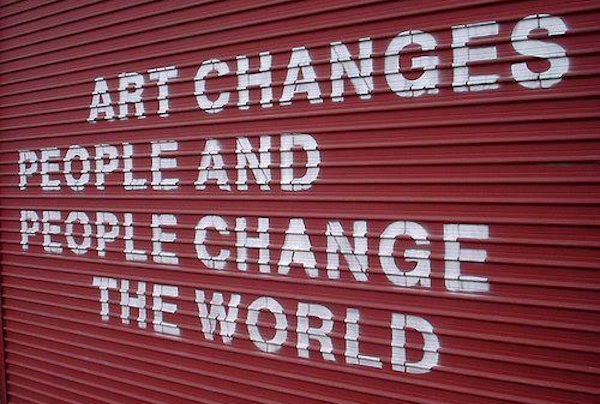The great whales are indicators species that have a lot to say about marine and coastal biodiversity, according to Lisa Bassett, author and professor at the University of Oregon School of Communication and Journalism. Today, seven out of 13 species of great whales are listed as endangered or vulnerable because of commercial whaling (despite an international moratorium); ship strikes; oil and gas exploration; military sonar vessels; pollution; disease, and climate change,” Bassett reminds us. As a professor of journalism, Bassett knew that by documenting an environmental problem, you can become part of the solution. This was the concept behind a four-week study abroad program offered by the University of Oregon (OU), entitled Nature & Culture: Multimedia Storytelling in Uruguay. This astonishing and exciting program focuses on the environment, traditional cultures, sustainability and conservation. The flagship program occurred in 2013, when Bassett led a group of UO students to Uruguay to create a multimedia project entitled The Route of the Whale. The project explored the route from its beginning in the hillside town of Piriapolis to the Brazilian border at Chuy. The students investigated environmental issues and solutions to those issues, in marine biology, conservation and sustainability. They did their work both in the classroom and in […]
Continue reading... →What if building codes actually required new projects to enhance a certain number of ecosystem services — such as sequestering carbon, building topsoil, enhancing pollination, increasing biodiversity or purifying water and air? Is it possible that a city could be functionally indistinguishable from the wild landscape around it? And what if companies ultimately built factories that truly enhanced ecosystem services? These were the big questions that biologist and biomimicry expert Janine Benyus posed during her keynote presentation at the recent International Living Future Institute’s 2015 unConference in Seattle.
Continue reading... →Women Of Green community is all about celebrating the many women who are leading the way in green, sustainability and social justice — from authors and artists, chefs and lawyers, activists, journalists, mommies, policy makers and social entrepreneurs. These women are here to make a difference and use their voices and talents to create meaningful change on behalf of the planet and future generations.
Continue reading... →Director James Cameron has designed Solar Sun Flowers as a gift to his wife, which have been installed on campus at her MUSE School in California. Cameron had five flowers installed on the 22-acre Malibu Canyon campus and they generate roughly 300 kilowatt hours per day. The flowers are expected to offset the non-profit school’s power usage between 75-90%. Amazing! The patent-pending design will soon be an available, free and open-source, to encourage wider use of solar power. Now that’s what we call charitable!
Continue reading... →Ecouterre interviews Linda Greer, Director of the Natural Resources Defense Council Linda Greer ranks among the fashion industry’s leading “toxic avengers.” As director of the Natural Resources Defense Council’s five-year-old “Clean by Design” initiative, Greer is on the front line of a sector burdened by high energy and water use and endemic, often catastrophic, pollution. Her Sisyphean task? To leverage the purchasing power of multinational brands and retailers to chip away at the environmental impacts of their manufacturing abroad, beginning with the biggest offender: China. As NRDC prepares to, in its own words, “aggressively expand” the program’s reach, Ecouterre caught up with Greer to learn about her “win-win” strategy, what the early days of Clean by Design were like, and how we can differentiate the “true-gooders” from the “green-washers” in a post–corporate-social-responsibility world. E: How did Clean by Design get its start? LG: In 2008, the president of NRDC asked me to develop a project that would help to reduce the heavy industrial air and water pollution in China and serve as a model the country could use to accelerate its efforts. To do so, I first selected an industry with a heavy environmental footprint. Textiles distinguished itself as one […]
Continue reading... →